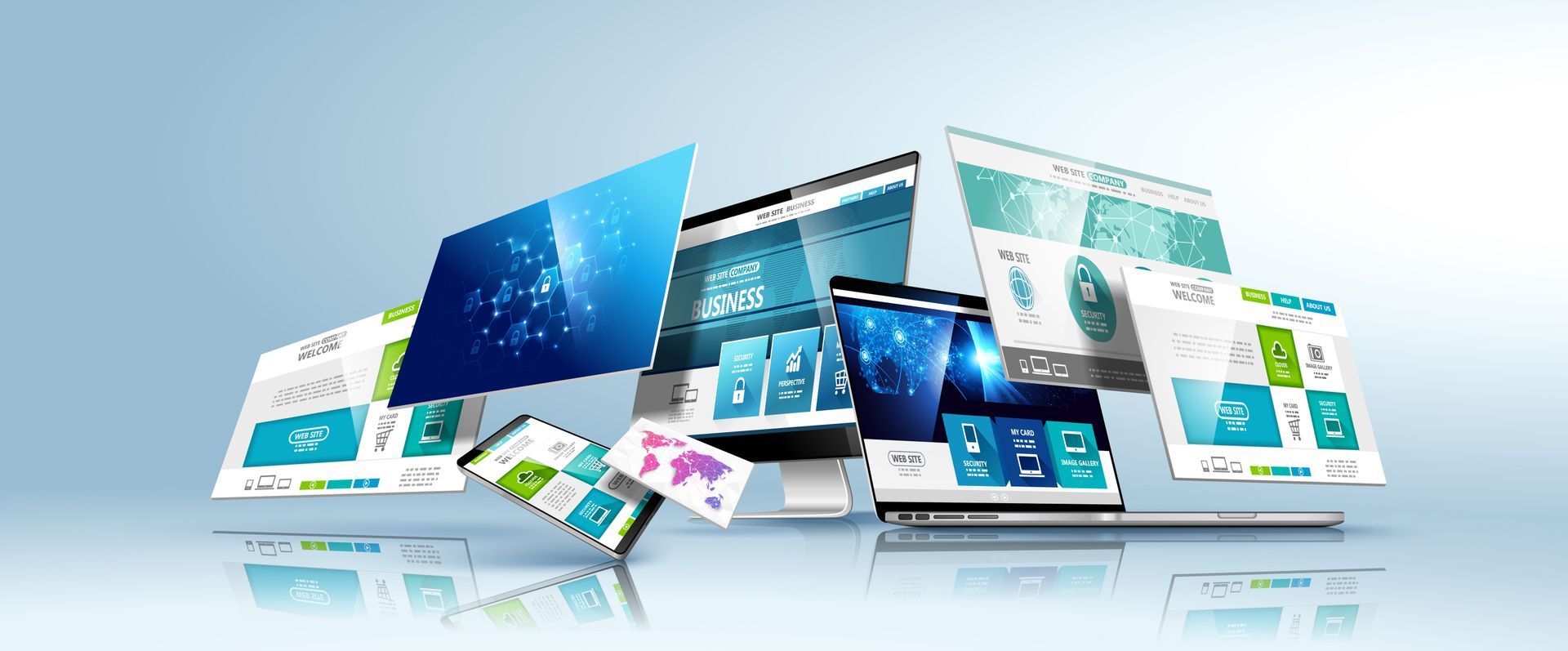Maximizing User Engagement: Tips for Interactive Web Design
Here's some other posts

In the ever-evolving landscape of the digital world, user engagement has become the cornerstone of successful web design.
Websites are no longer static brochures but dynamic platforms where interaction plays a key role in retaining visitors. Interactive web design is all about creating an engaging user experience that not only captures but also maintains the user's attention. In this blog post, we’ll explore essential tips for designing interactive websites that can maximize user engagement.
Understanding the Role of Interactivity in Web Design
Interactivity in web design refers to elements that encourage active participation from users, rather than just passive browsing. This could be anything from hover effects and animations to more complex functionalities like interactive infographics or online quizzes. The goal is to make the user’s journey more engaging, personalized, and memorable.
Tips for Creating Interactive Web Designs
1. Simplify the Navigation
Interactive design should never complicate the user’s experience. Keep navigation intuitive and straightforward. Menus and links should be easily identifiable and should guide the user seamlessly through your site. The fewer clicks it takes to get to their destination, the better.
2. Incorporate Engaging Visuals
Use visuals like images, videos, and animations to grab attention. Interactive elements like hover effects or clickable sliders can make these visuals more engaging. Remember, the key is to enhance the user experience, not overwhelm it, so use visuals judiciously.
3. Include Responsive Feedback
Responsive feedback is a small interaction that happens when a user performs an action on a website. For instance, a button changing color when hovered over or clicked. This immediate feedback can keep users engaged and provides a sense of control.
4. Leverage Gamification
Gamification involves incorporating game-like elements into non-game environments, like websites. This could be in the form of earning points for certain actions, badges for achievements, or interactive quizzes. Gamification adds a fun element that encourages users to engage more deeply with the content.
5. Optimize for Touchscreens
With the increasing use of mobile devices, consider designing for touch. Elements like swiping through a gallery or tapping to view more information can significantly enhance the mobile user experience.
6. Personalize User Experiences
Interactive design allows for personalization. Use data and user input to create a more tailored experience. For example, a shopping site can show products similar to what a user has shown interest in or a language learning app can adapt its lessons based on the user’s progress.
7. Utilize Interactive Storytelling
Tell a story through your website. Use a combination of text, visuals, and interactive elements to guide users through a narrative. This approach can be especially effective for brands looking to create a strong emotional connection with their audience.
8. Test and Iterate
Finally, always test your interactive elements. What works for one audience may not work for another. Use A/B testing and user feedback to refine and improve the interactivity of your site.
Conclusion
Interactive web design can transform the user experience from mundane to memorable. By implementing these tips, you can create a website that not only engages users but also encourages them to return. Remember, the key to successful interactive design is balancing creativity with usability — enhancing the user experience without overcomplicating it. In the world of web design, a little interactivity can go a long way in making your website stand out.







